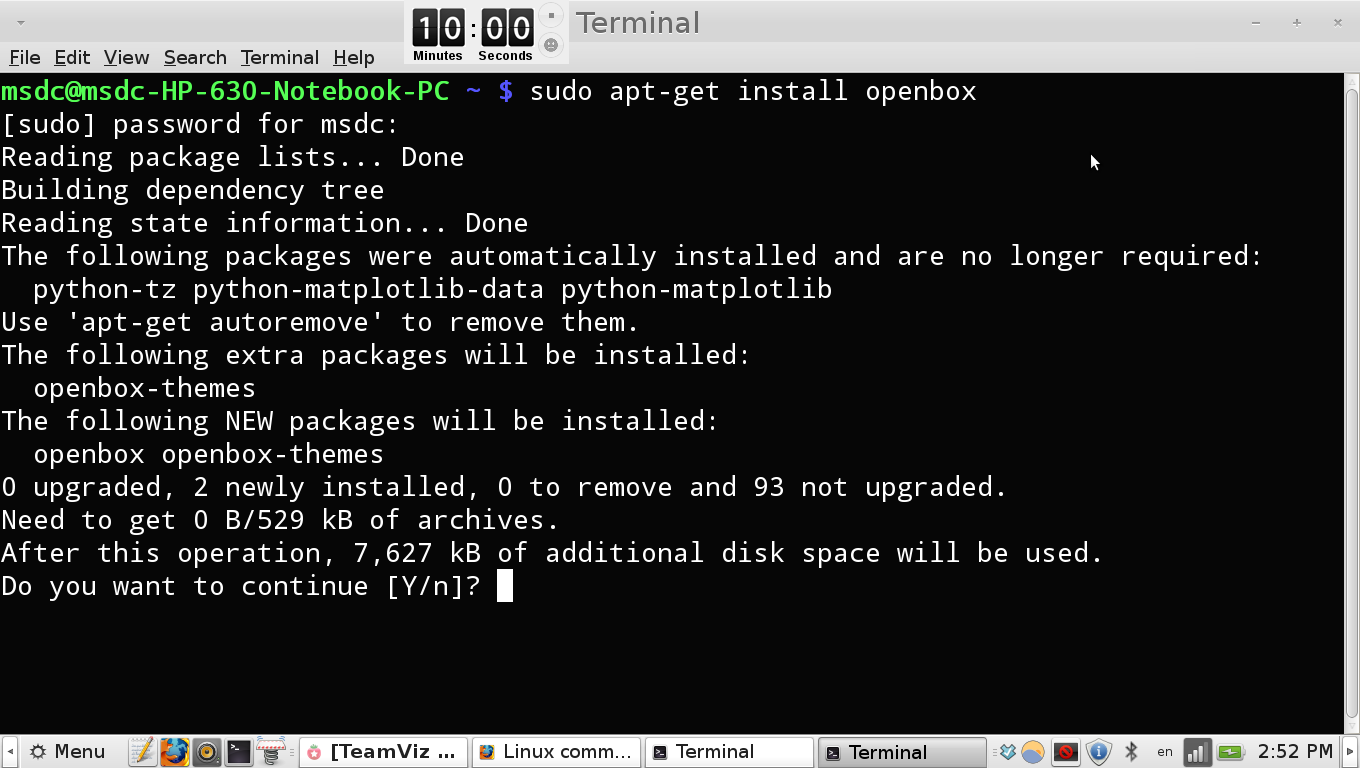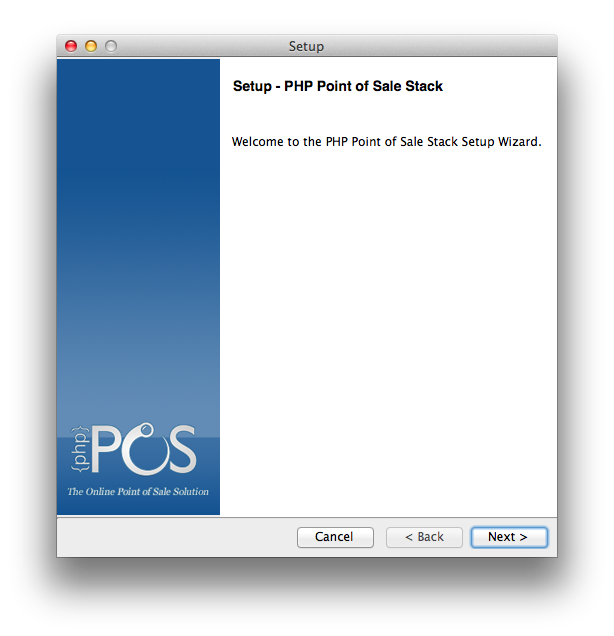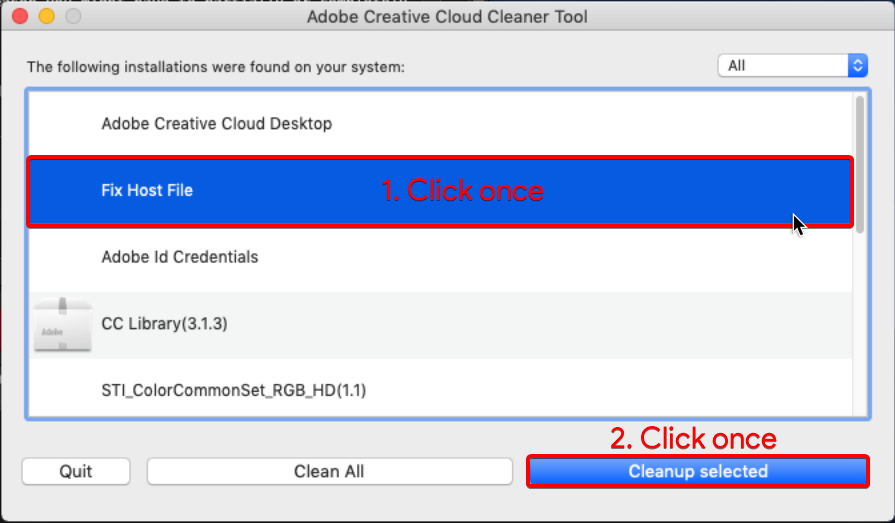

Therefore, if you need to edit system files, an alternative to TextWrangler is to use Apple's included TextEdit program.


To tackle all of these options, the best option to use is a GUI-based text editor that supports authentication such as the free TextWrangler program from Barebones software however, being a third-party utility means an OS X system may not have it installed and if Internet access is limited then it and others like it may be difficult to acquire. Since Terminal commands can be promoted to run in administrative modes using the "sudo" command, often terminal-based text editors like nano, emacs, and vi are used for editing system files however, these can be frustrating to use, especially if you wish to edit multiple files and manage large amounts of content in them. When launched in root mode, TextEdit will open to the root user home folder, which will allow you to access other hidden system folders.Ī more preferred method of accessing these files is to use a text editor that can support authentication to edit system files. Managing the second hurdle can be done by getting information on a file and changing its permissions settings, but this is not recommended as small permissions oversights can result in the file not being properly accessible and resulting in more problems. Overcoming the first can be done by revealing hidden items in the Finder, or using the Finder's "Go to Folder" option (in the "Go" menu) to target a file in a hidden system directory however, while these options can be used to show some hidden files, they do not show all of them and do not give you any permissions to edit them. When doing this you will run into two hurdles, the first of which is revealing the hidden files and the second of which is being able to edit them successfully without permissions errors. Often these files can be accessed with simple one-line Terminal commands, as is commonly seen with the "defaults" command for editing program or service property lists however, at other times you might need to make more extensive edits to a settings file.

While in most cases these files being hidden is good for system stability and security, sometimes you may need to access one for troubleshooting purposes or to apply small customizations to the system. Underneath its slick interface, OS X has a number of hidden configuration files that contain the settings for default and standard behaviors.


 0 kommentar(er)
0 kommentar(er)
